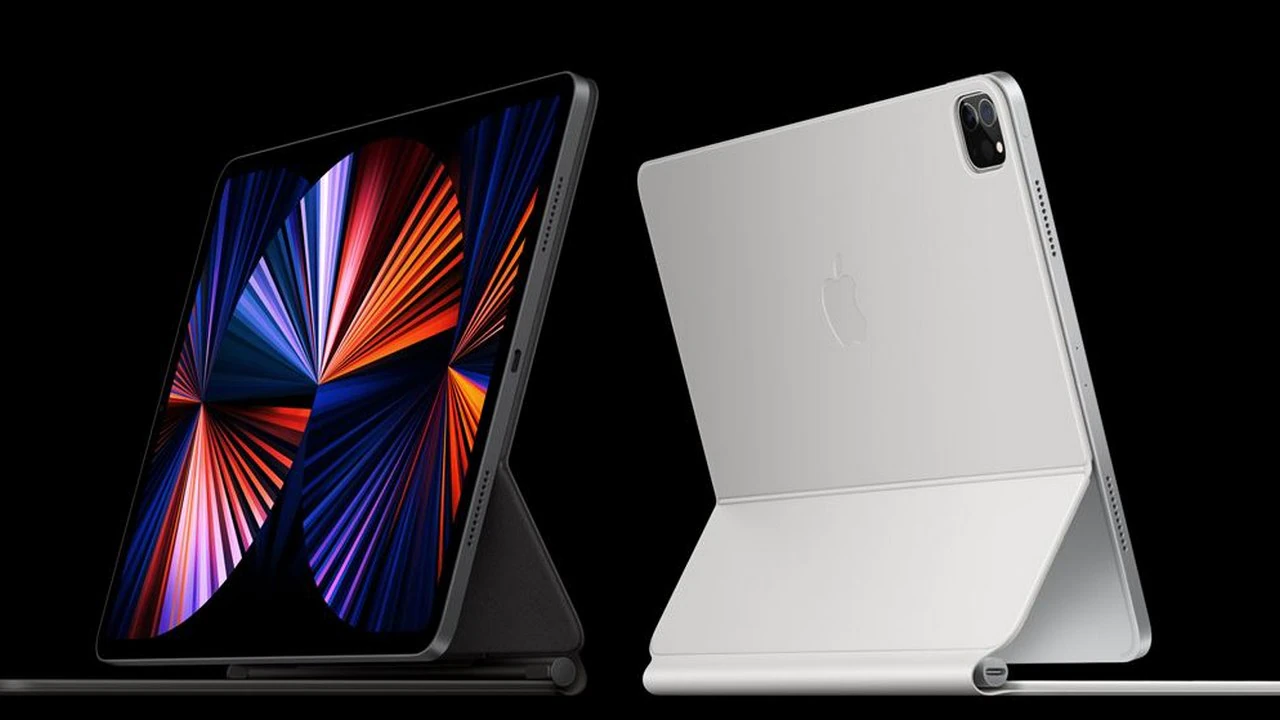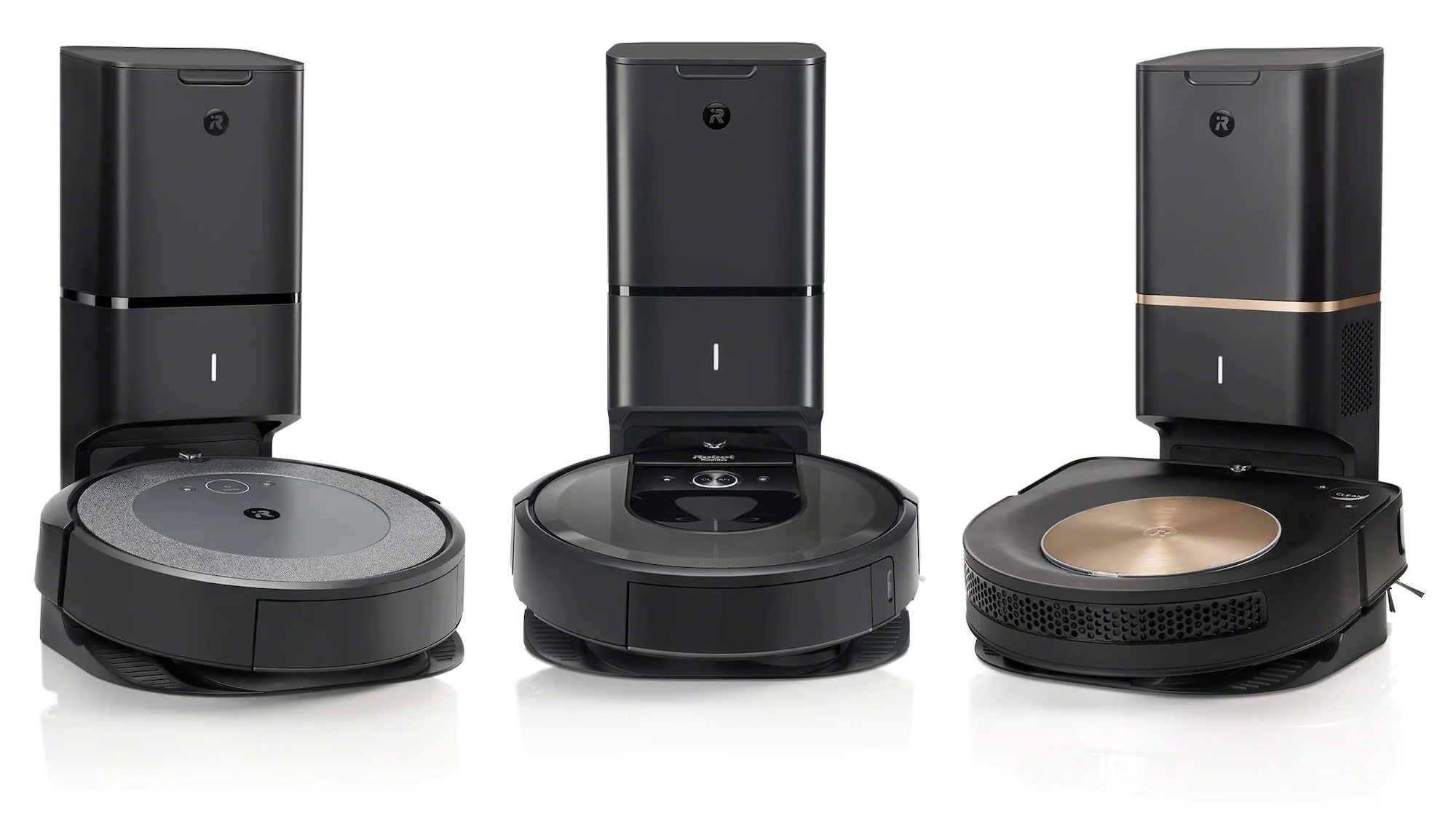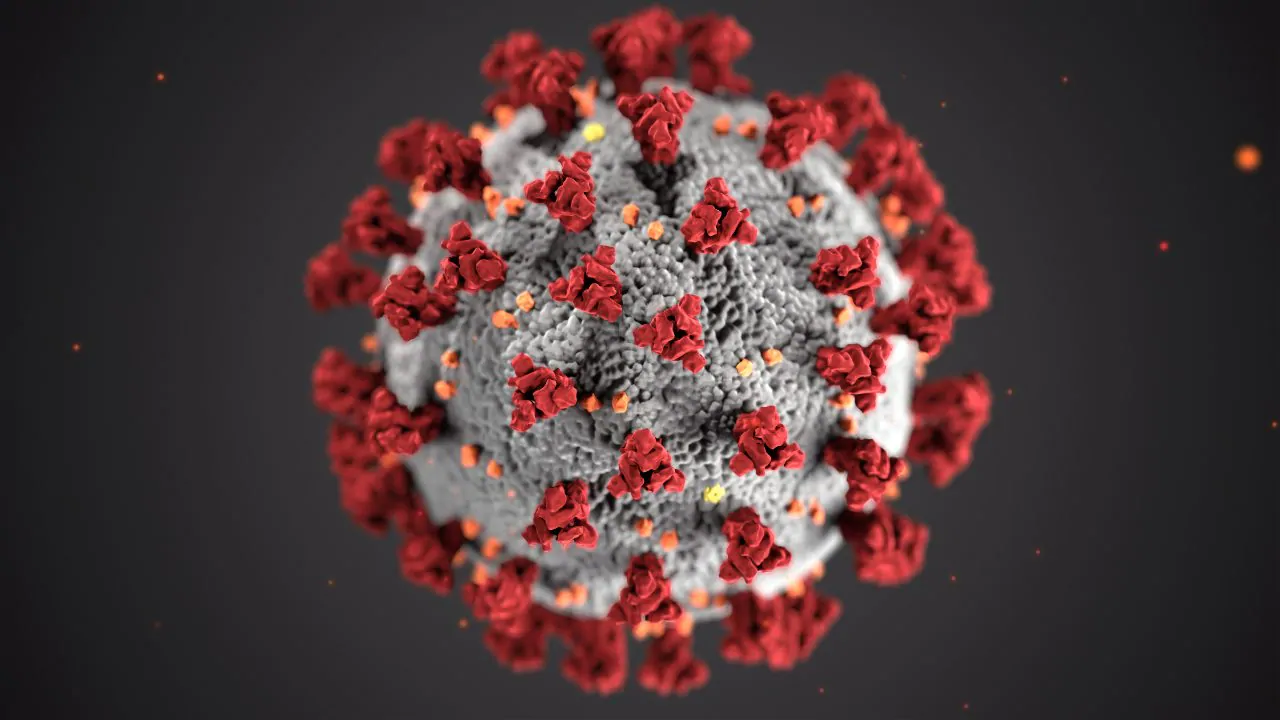FP ExplainersApr 29, 2022 13:25:42 IST
One of the biggest challenges that most space-based tourism startups, especially those involved in lodging face are making it accessible to the general public. Replicating gravity in these properties is the biggest challenge that these startups face, as most people won’t be able to cope with extended periods of floating in zero gravity. An American startup is planning to employ a rather odd solution for this problem.
California-based startup Orbital Assembly Corporation recently announced that they are planning to make its first Pioneer-class space station operational by 2025. Orbital Assembly is planning to make this the first commercial hybrid and a modular space station that can be used for both research and leisure.
Basically, they plan to open the first hotel and business park in lower Earth orbit. The Pioneer station is supposed to be a luxury hotel that is capable of accommodating 400 people at a time. If successfully, deployed the property can accommodate 28 guests for up to two weeks.

An illustration of the Pioneer-class space station of Orbital Assembly Corporation. The space station will serve researchers as well as “leisurely travellers.”
In an email statement, Orbital Assembly said that they are planning to deploy their Pioneer design in a safe and secure manner, which would allow them to generate revenue and become profitable from both tourist and commercial sectors sooner than any of the vendors that NASA has employed.
NASA had awarded contracts to private US companies like Jeff Bezos’ Blue Origins & aerospace and defence manufacturer Northrop Grumman. They are supposed to launch their LEO (lower Earth orbit) space stations by 2030. These privately owned and maintained space stations are supposed to replace the International Space Station, by the time the ISS is decommissioned.

The International Space Station, also known as the ISS, has been functional since the late 1990s. It is set to be decommissioned in 2030.
The Pioneer space module will be an orbiting outpost, that is designed to simulate one-sixth of the Earth’s gravity. They plan to do this by spinning around a gravity ring. Having a weightless environment on a space station would allow people to still move around “while eating or drinking out of a cup normally and sleeping without having to be attached to a bed,” according to the company’s statement. Creating artificial gravity is also a way to mitigate the detrimental health effects of microgravity on the human body.
The way the system works is that the entire unit will be surrounded by a ring-like external structure, which would rotate or spin the module. The centrifugal force that would be exerted would simulate gravitational force, and therefore a portion of the Earth’s gravity. This is called rotational simulated gravity.

Without adequate training, humans will have extreme difficulty functioning in zero gravity. Most people also wouldn’t be able to physically cope with the lack of gravity for a prolonged period of time.
Given this has never been attempted in space on such a large scale, this seems to be a rather big leap that Orbital Assembly is going for. However, if they manage to pull this off, it would be a game-changing move for space travel and lodging.
The only thing off about this entire endeavour has to be the timeline. 2025 seems to be awfully close to being able to pull something off like this, even if Orbital Assembly are able to source the funding that they need to. Having said that, even if they are delayed by 5 years or so, they will be in a position to influence how people think of living in space for longer periods of time.











